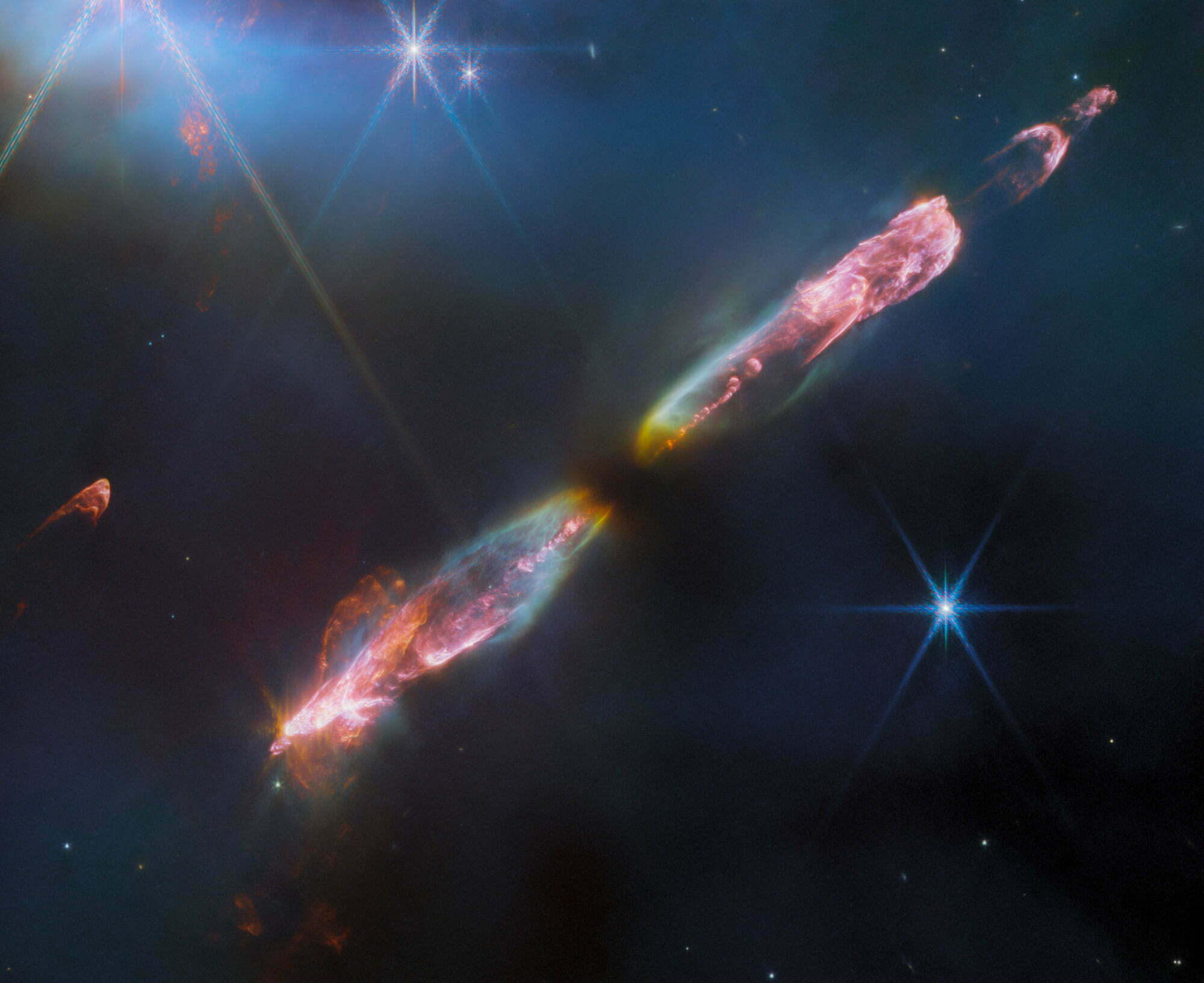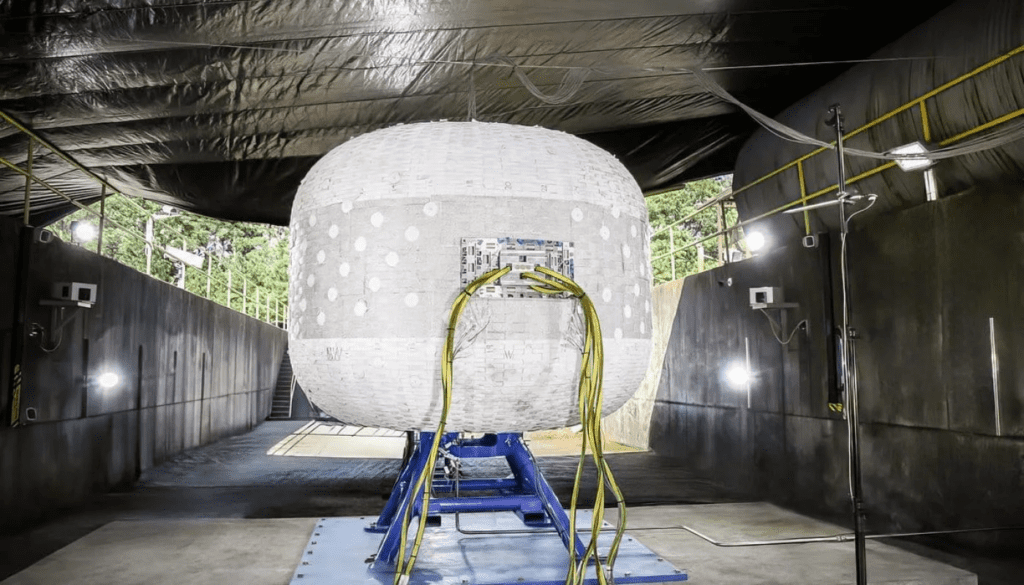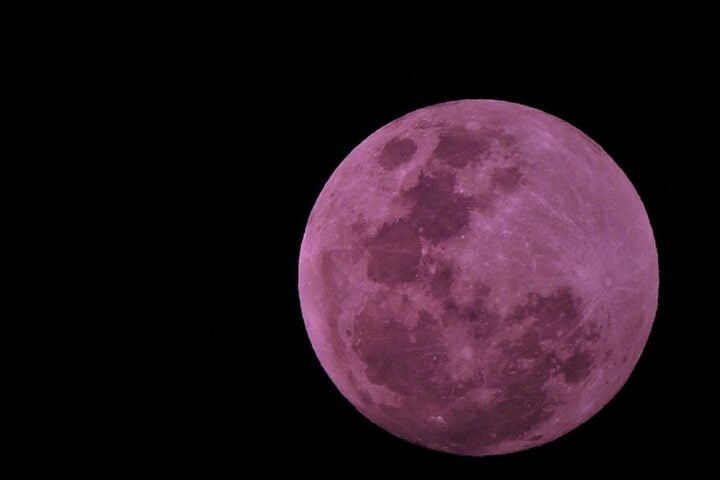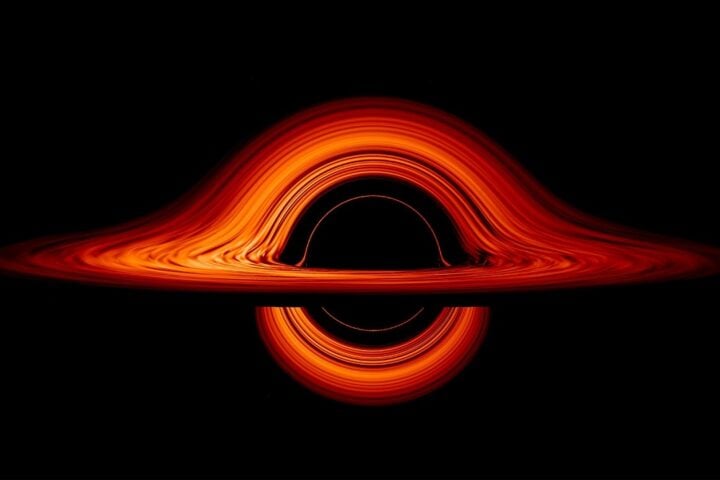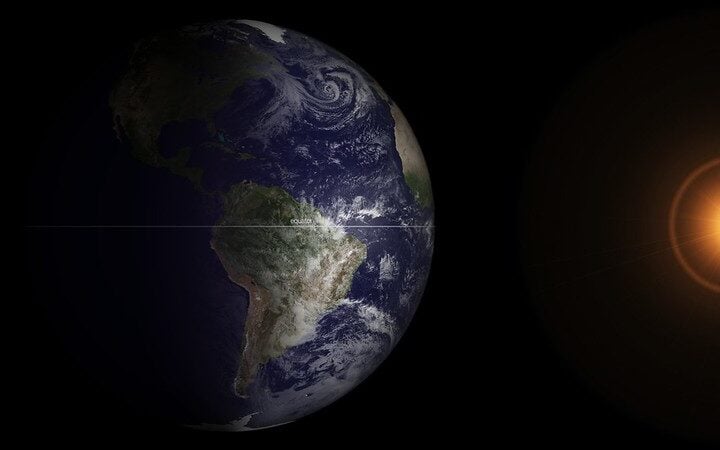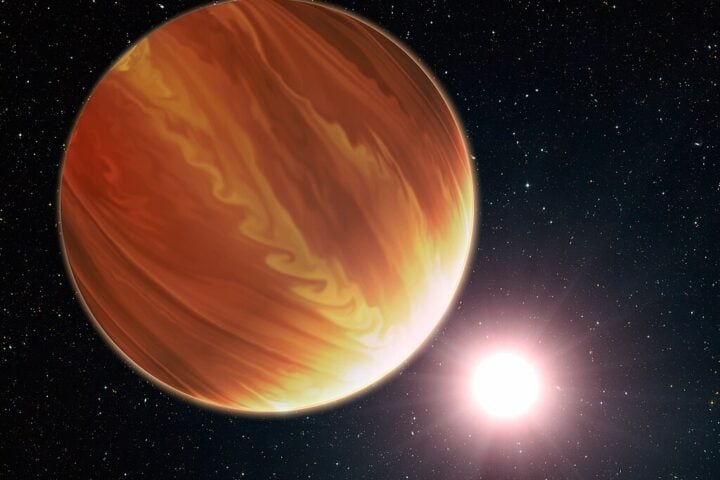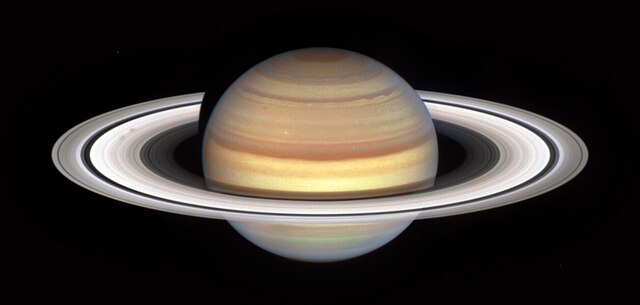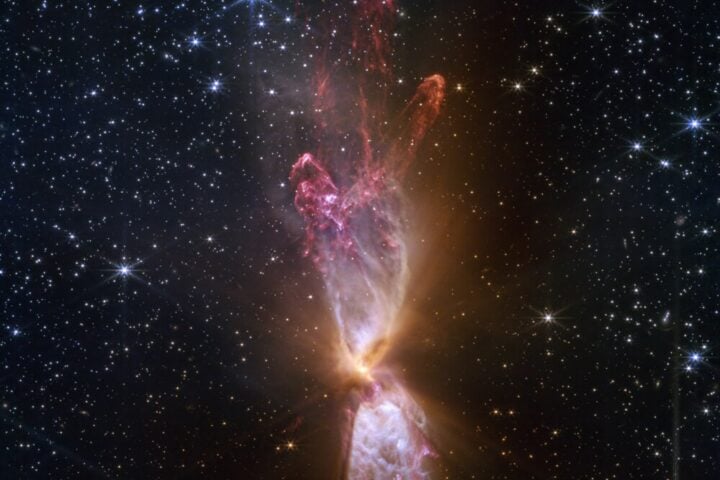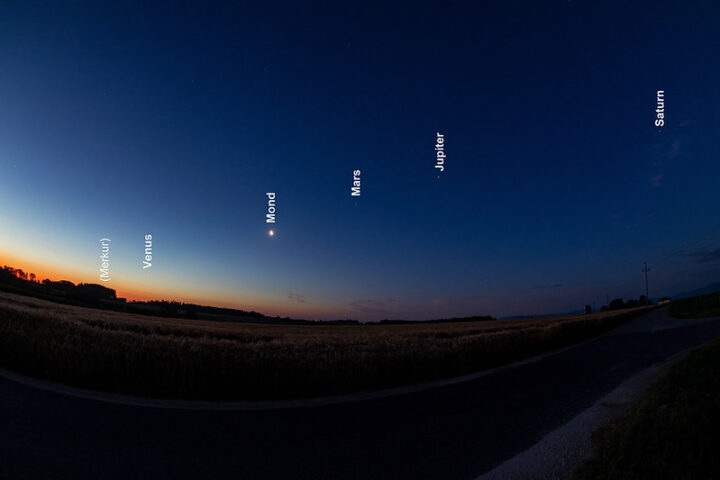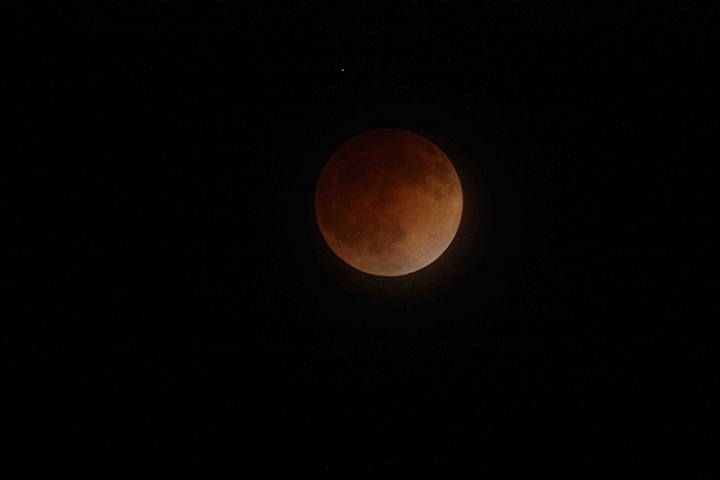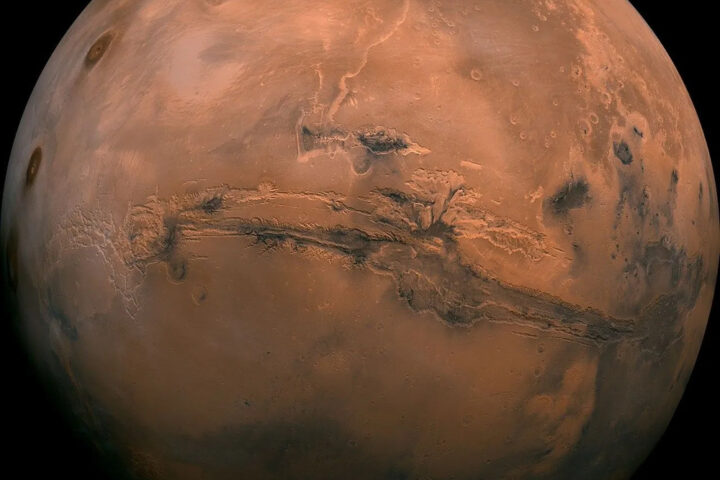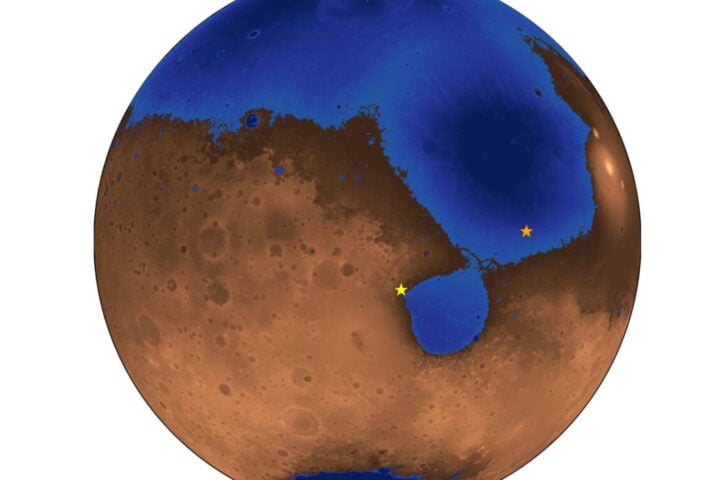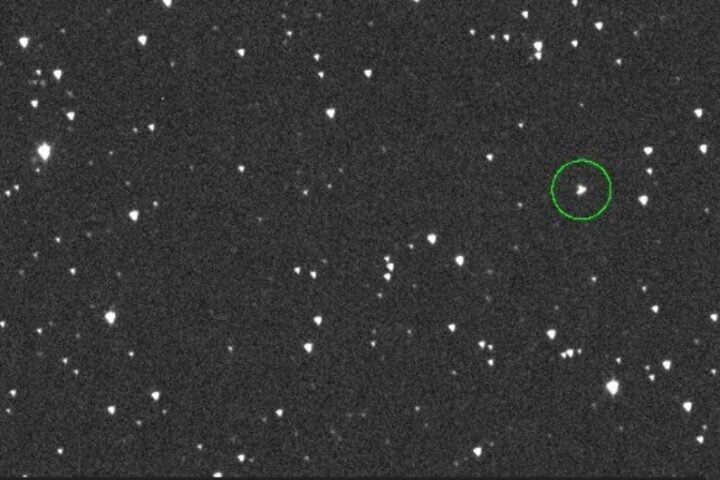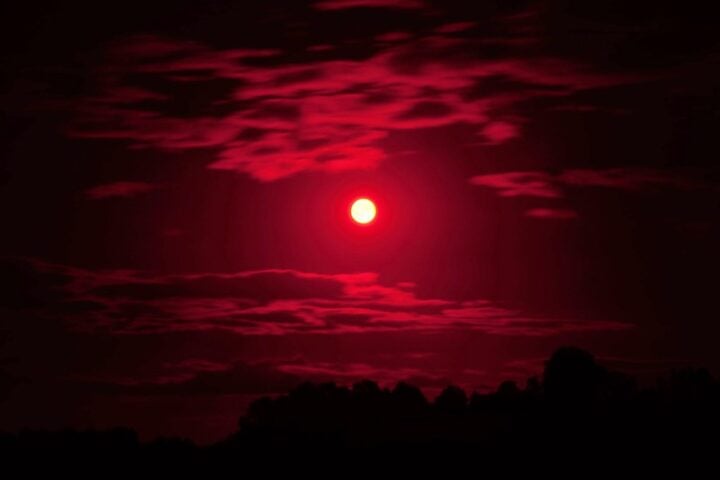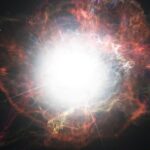An extraordinary image of a young star’s supersonic outflow has been captured by the JWST, providing insights into the Sun’s early years. Jets of star matter propelling from the star’s poles at supersonic speeds are depicted by this rare image. Herbig-Haro objects is the name given to the bright regions around such newborn stars. Situated approximately 1,000 light-years away in the Perseus constellation, this specific celestial object is dubbed Herbig-Haro (HH) 211. According to NASA, this imagery resembles what our Sun’s “baby picture” might have looked like.
When stellar winds or gases from newborn stars create shock waves by colliding with nearby material at high velocity, Herbig-Haro objects form. With an age of just a few tens of thousands of years, the young star in the image is identified as a Class 0 protostar. The protostar is expected to grow into a star resembling our Sun, although its mass is currently only 8% of the Sun’s. The ability of JWST to detect infrared light from excited molecules has enabled it to outline the structure of the outflows in remarkable detail. The resolution of the image is reported to be 5-10 times higher than any previous captures of HH 211.
The observations of the telescope have allowed researchers to analyze the speed of the object’s outflow, finding it slower than more evolved protostars. The JWST, since its launch in 2021, has significantly advanced our understanding of the universe. The capabilities of the telescope are said to be about 100 times more powerful than the Hubble telescope.
Comparisons were drawn by the image to a Star Wars ‘lightsaber’ due to the dazzling depiction of the newborn star. The actual HH 211 is not visible in the image, despite the dramatic visuals, but astronomers infer its presence from the huge flows of gas and dust. Primarily consisting of hydrogen atoms, stars originate from dense clouds in stellar nurseries. Turbulent motions are undergone by these clouds, leading to the formation of regions dense enough to collapse under their own gravity, beginning the process of star formation.
The formation of bipolar jets is seen by the protostar stage, and a disc around the star eventually contributes to the creation of planets, moons, and asteroids. The bipolar jets of HH 211 were captured by Webb’s cameras in unprecedented detail, indicating the protostar’s age as just a few thousand years. The jets are revealed by the analysis as mainly composed of molecules like carbon monoxide, silicon monoxide, and molecular hydrogen, contrary to expectations of individual atoms or ions.
Similar Posts
The slower flow of gas and dust from HH 211 compared to other protostars led to the conclusion that there is not enough energy to break the molecules into simpler forms. Sparking curiosity among the researchers, the reason behind the slower jets remains a mystery. Professor Tom Ray, lead researcher, highlighted that these beams of matter can stretch for several light-years, resembling Star Wars lightsabers.
According to him, the enshrouded condition of new stars in gas and dust often makes them challenging to observe from Earth. The transience of stars was emphasized by Prof. Ray, relating the significance of understanding their birth to comprehending the origin of our solar system. Astronomers are enabled by the infrared capabilities of JWST to pierce through this obscurity, unveiling stellar births like HH 211.
The fact that the youngest stars emit beams predominantly of molecules, moving slowly, contrary to previous astronomical assumptions, was uncovered by the new image. The method of formation of such molecular beams remains an unsolved enigma. This groundbreaking discovery contributes to the deeper understanding of stellar evolution and the origins of our solar system.
A close connection to our Sun’s early life is offered by the spectacular image of details, bridging the cosmic distance. The JWST continues to be instrumental in revealing the concealed wonders of the cosmos, demystifying the universe’s intricate workings. Shedding light on the peculiarities of young stars, the research has been published in the prestigious journal Nature.
New avenues for exploration are presented by the findings, posing intriguing questions about the nature of protostars. A layer of fascination to the scientific revelations is added by the visual resemblance to iconic science fiction imagery. A fresh perspective to astronomical research is introduced by the slower, molecular nature of the jets from young stars like HH 211. This instance exemplifies how advancements in telescopic technology can unveil cosmic phenomena, enriching human knowledge of the universe’s mysteries.
